One of the foremost cellists of his generation, Leslie Parnas, enjoyed a distinguished career as a performer and a pedagogue. Known for his technical prowess and gorgeous depth of tone, Parnas exhibited profound musicality and “an aggressive approach to phrasing.” He won the Geneva and Munich International Cello Competition, and in the same year, he became the inaugural Pablo Casals Winner at the Paris Competition. He also triumphed at the Tchaikovsky Competition in 1990 and 1995.
Leslie Parnas Plays Dvořák’s Cello Concerto Op. 104, (Tchaikovsky Competition 1962)
Musical Family
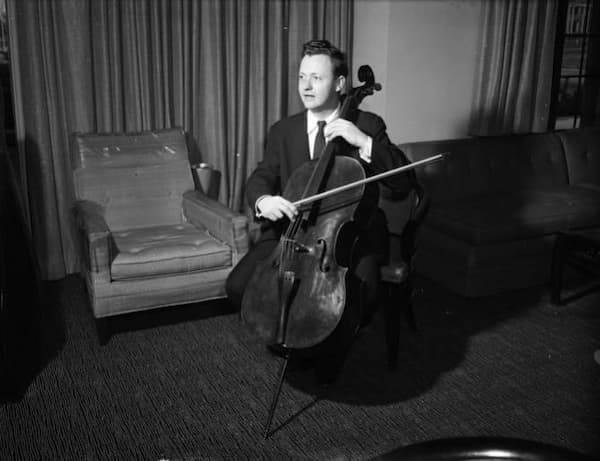
Leslie Parnas
Leslie Parnas was born to Ely and Etta Parnas in St. Louis, Missouri, in 1931. The entire family, four sons and one daughter was highly musical and played a range of musical instruments well before the age of eight. Leslie started taking piano lessons at the age of 5 under the watchful eyes of his mother, herself a competent self-taught pianist.
Leslie switched to the cello at the age of 8, and Thomas Sherman from the St. Louis Post-Dispatch provided a fascinating account of the musical activities of the Parnas family. “Leslie and his cello in one room, his brother Spencer playing the piano, sister Shirly waiting for the piano or playing the violin, brother Richard practicing the violin in the backyard, and brother Sam trying his hands at the Clarinet.”
Robert Schumann: Fantasiestücke, Op. 73 (Leslie Parnas, cello; Tong-Il Han, piano)
Curtis Institute
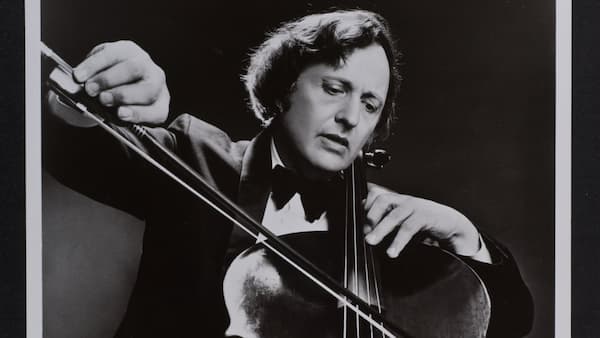
Leslie Parnas
Leslie and Richard had perfect pitch, and 4 of the Parnas children were granted scholarships at the St. Louis Community Music Schools Foundation. As Thomas Sherman reports, “They came under the friendly supervision of Edna Lieber, director of the foundation, who advised them in their studies and encouraged ensemble playing.” In fact, Leslie, Richard, and Spencer formed a piano trio while they were still in their early teens. Predictably, the children were the toast of the town.
Leslie studied with Pasquale de Conto, and he made astounding progress. He made his solo debut at age 14 with the St. Louis Symphony, and two years later was awarded a scholarship at the Curtis Institute of Music. He became a student of the famed Gregor Piatigorsky, a legend who was part of the “Million Dollar Trio,” which included pianist Arthur Rubinstein and violinist Jascha Heifetz. He also played chamber music privately with Heifetz, Horowitz, and Milstein.
Samuel Barber: Cello Sonata, Op. 6 (Leslie Parnas, cello; Maria Bergmann, piano)
St. Louis Symphony Orchestra
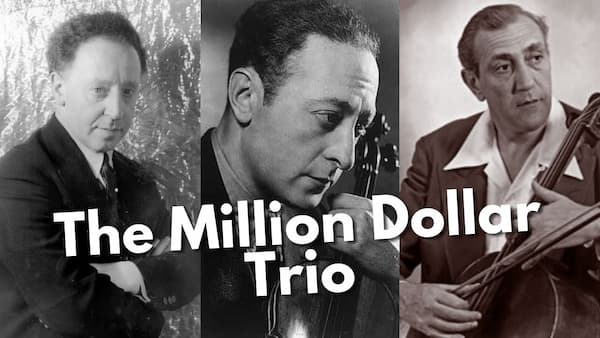
Million Dollar Trio
Shortly after graduation from Curtis, Leslie and his brother were called up for service in the US Navy. They became members of the United States Navy Band stationed at Washington, D.C. Both brothers were engaged at the St. Louis Symphony Orchestra and went almost directly from military service into rehearsal. Leslie would become the principal cellist of the St. Louis Symphony in 1955, but in the meantime, he set out to conquer the world.
Parnas was already in his mid-twenties when he was “discovered” at the Paris International Cello Competition. The conductor and cellist John Barbirolli was impressed that Parnas showed interest in the Elgar Concerto and that he “read it and played it in the shortest possible time, including all the difficult passages, better than many I have heard to have studied it for years.”
Ludwig van Beethoven: Cello Sonata No. 4 in C Major, Op. 102, No. 1 (Leslie Parnas, cello; Einar Steen-Nøkleberg, piano)
Pablo Casals
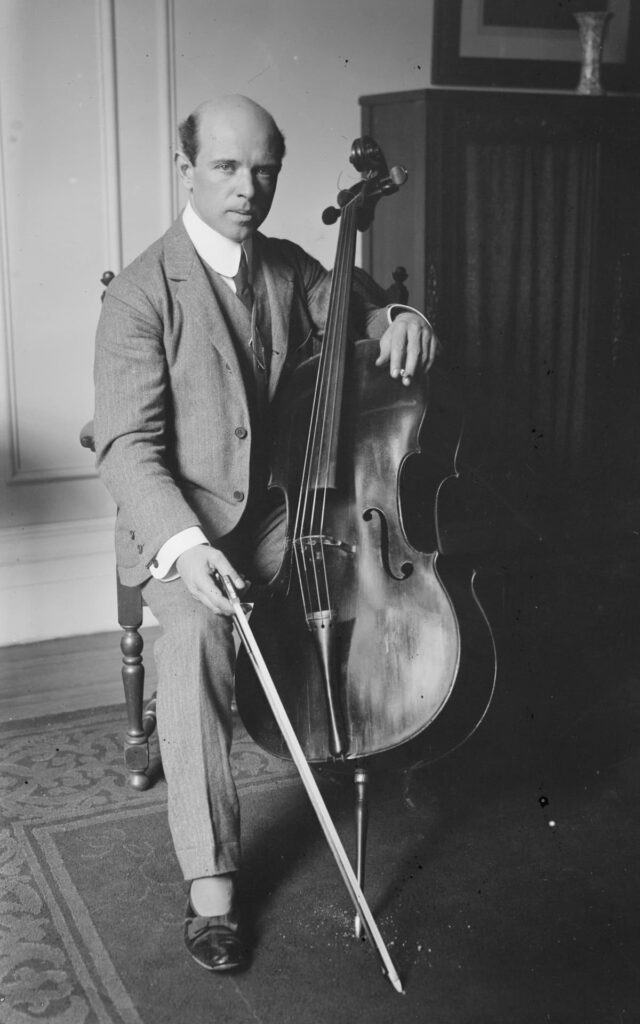
Pablo Casals
In 1957, Leslie Parnas was presented with the 1957 Prix Pablo Casals by Pablo Casals himself, and they became good friends and frequent collaborators. Casals engaged Parnas at his “Prades” and “Puerto Rico Festival,” and Casal’s influence is clearly audible on a number of recordings. Parnas reveals himself as a “secure, authoritative, and strong interpreter in the modern mould.”
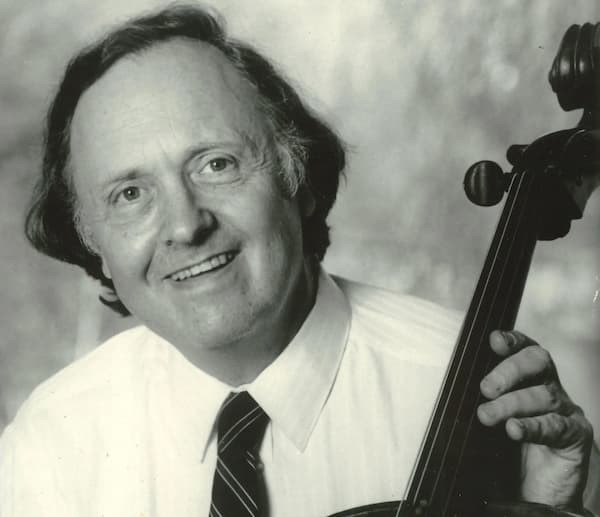
Leslie Parnas
Leslie Parnas was not particularly concerned about period performance, but his approaches to 18th-century works produce a clarity of tone that avoids any sense of muddiness. Securely at home in the repertory of the nineteenth- and twentieth-century, Parnas produced richly-toned and impassioned recordings without the need for wide vibrato or heavy tempos. Parnas had a direct way of communicating, and he “revealed an appreciation of diverse styles and his ability to manage a wide variety of hues.”
For more of the best in classical music, sign up for our E-Newsletter
Edvard Grieg: Cello Sonata in A minor, Op. 36 (Leslie Parnas, cello; Einar Steen-Nøkleberg, piano)
